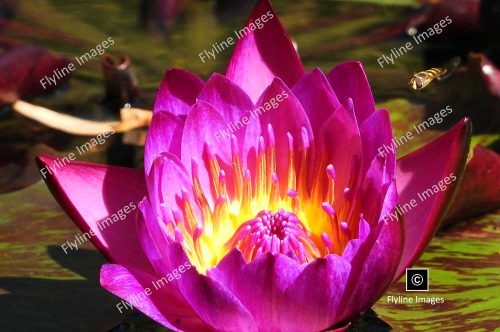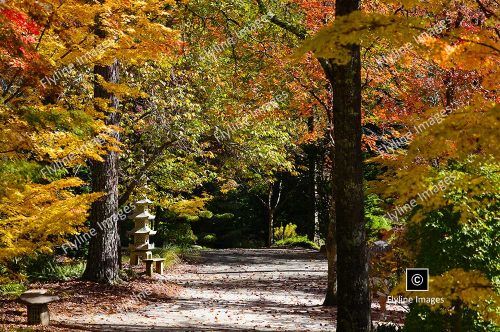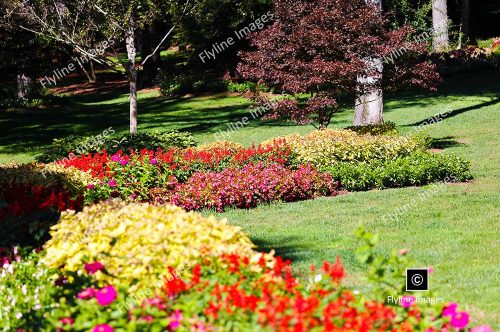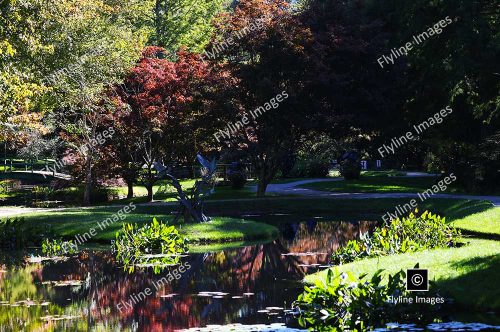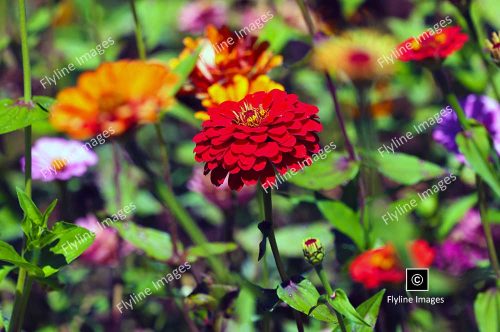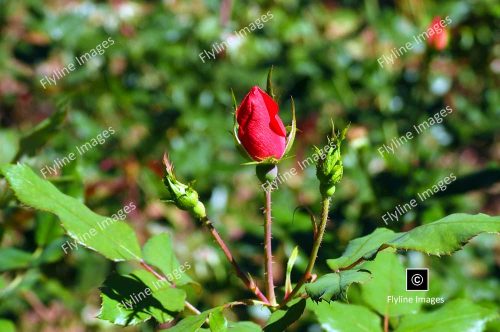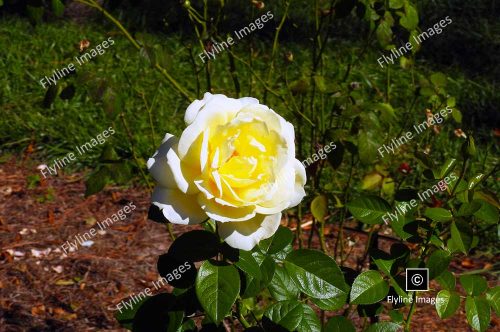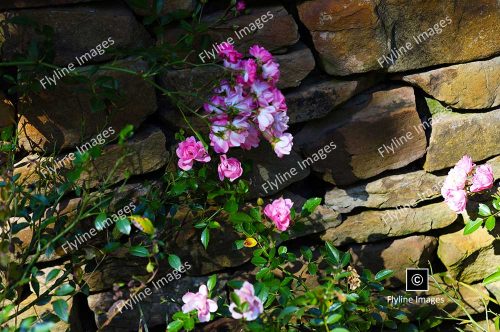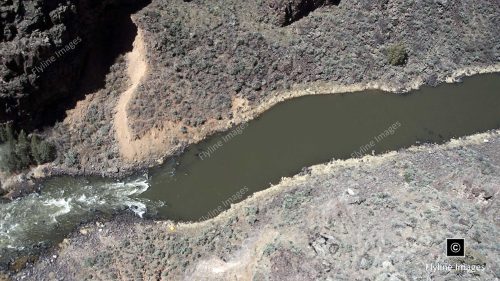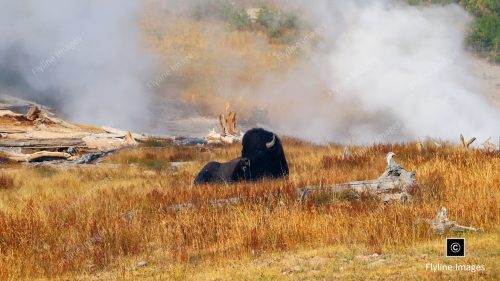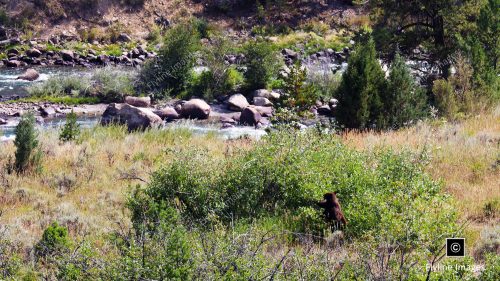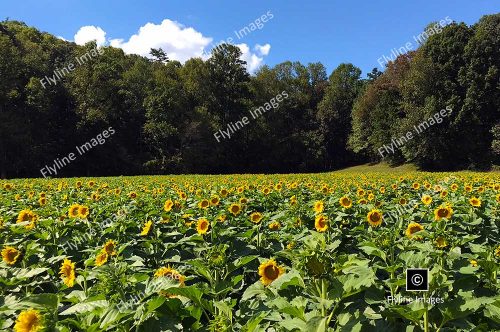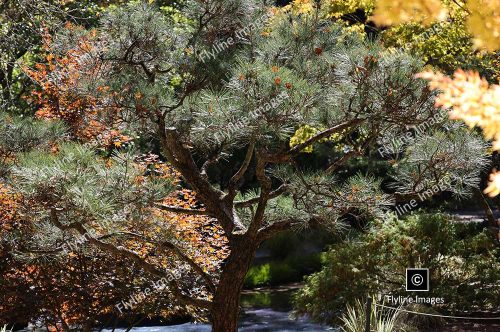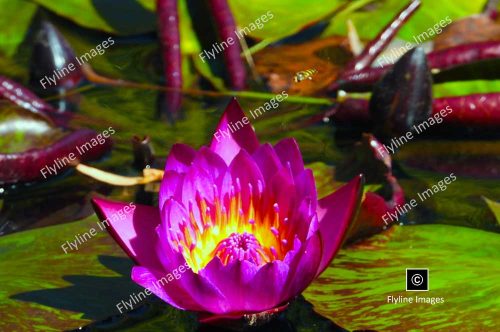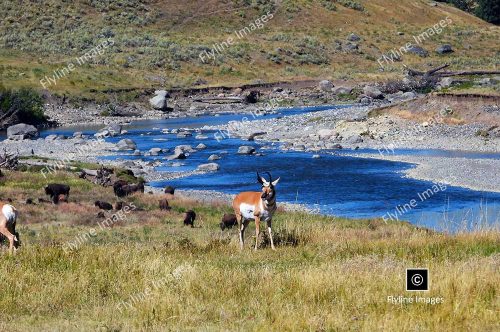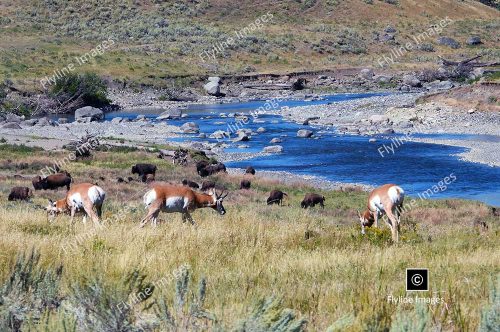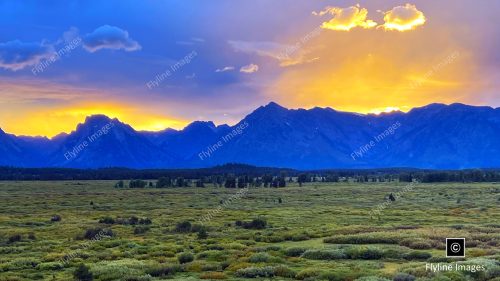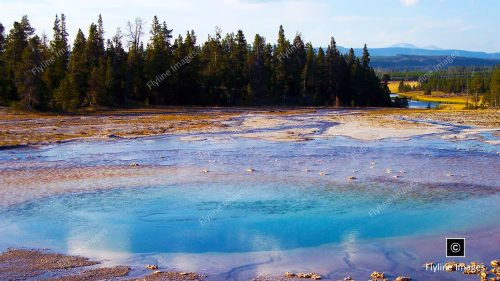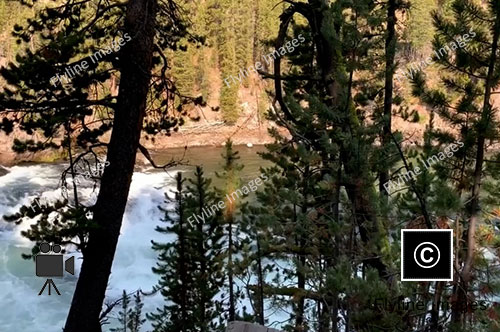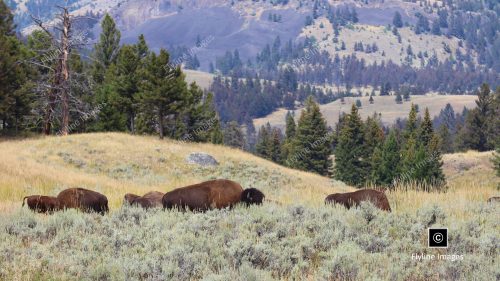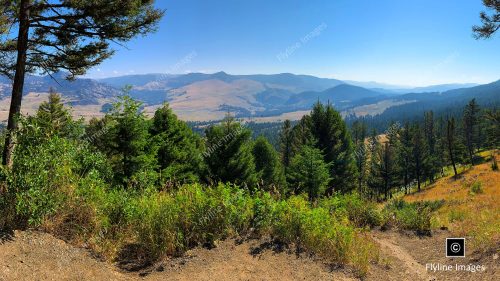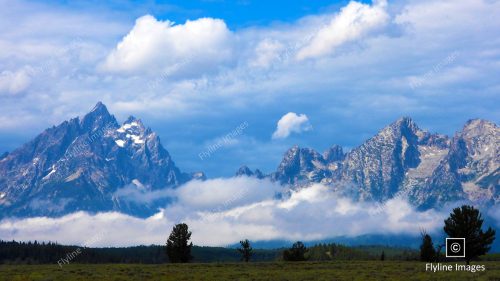-
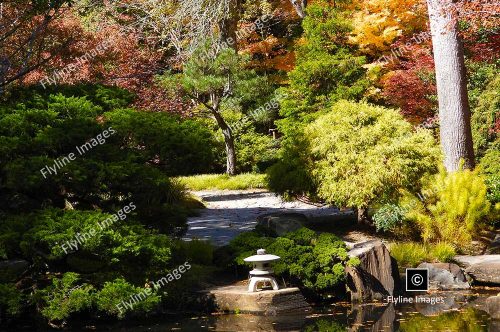 The Japanese Garden at Gibbs Gardens in North Georgia is a serene and picturesque landscape, offering visitors a tranquil escape into nature. Spanning across a generous expanse, this garden is meticulously designed to reflect the essence of traditional Japanese aesthetics. It features winding pathways that guide guests through breathtaking displays of Japanese maples, azaleas, and cherry blossoms.
The Japanese Garden at Gibbs Gardens in North Georgia is a serene and picturesque landscape, offering visitors a tranquil escape into nature. Spanning across a generous expanse, this garden is meticulously designed to reflect the essence of traditional Japanese aesthetics. It features winding pathways that guide guests through breathtaking displays of Japanese maples, azaleas, and cherry blossoms. -
 Gibbs Gardens, nestled in the picturesque foothills of the North Georgia Mountains, attracts a multitude of visitors each year due to its breathtaking natural beauty and meticulously curated landscapes. Spanning over 300 acres, the gardens feature a variety of stunning floral displays, from vibrant daffodils in the spring to soft pastels of hydrangeas in the summer, creating a dynamic and ever-changing vista throughout the seasons.
Gibbs Gardens, nestled in the picturesque foothills of the North Georgia Mountains, attracts a multitude of visitors each year due to its breathtaking natural beauty and meticulously curated landscapes. Spanning over 300 acres, the gardens feature a variety of stunning floral displays, from vibrant daffodils in the spring to soft pastels of hydrangeas in the summer, creating a dynamic and ever-changing vista throughout the seasons. -
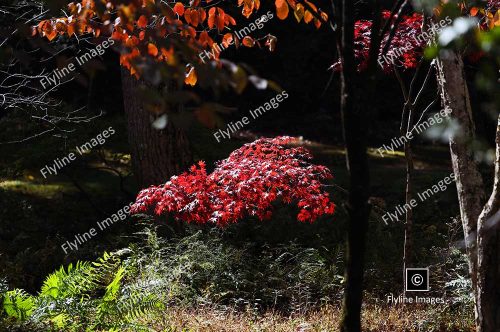 Gibbs Gardens, nestled in the picturesque foothills of the North Georgia Mountains, attracts a multitude of visitors each year due to its breathtaking natural beauty and meticulously curated landscapes. Spanning over 300 acres, the gardens feature a variety of stunning floral displays, from vibrant daffodils in the spring to soft pastels of hydrangeas in the summer, creating a dynamic and ever-changing vista throughout the seasons.
Gibbs Gardens, nestled in the picturesque foothills of the North Georgia Mountains, attracts a multitude of visitors each year due to its breathtaking natural beauty and meticulously curated landscapes. Spanning over 300 acres, the gardens feature a variety of stunning floral displays, from vibrant daffodils in the spring to soft pastels of hydrangeas in the summer, creating a dynamic and ever-changing vista throughout the seasons. -
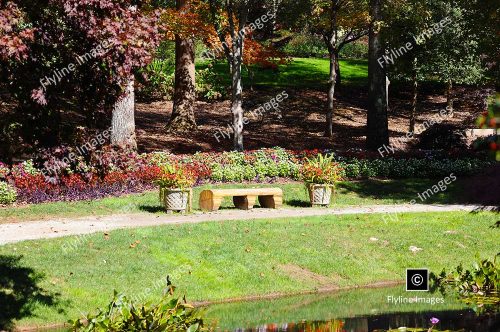 Gibbs Gardens, nestled in the picturesque foothills of the North Georgia Mountains, attracts a multitude of visitors each year due to its breathtaking natural beauty and meticulously curated landscapes. Spanning over 300 acres, the gardens feature a variety of stunning floral displays, from vibrant daffodils in the spring to soft pastels of hydrangeas in the summer, creating a dynamic and ever-changing vista throughout the seasons.
Gibbs Gardens, nestled in the picturesque foothills of the North Georgia Mountains, attracts a multitude of visitors each year due to its breathtaking natural beauty and meticulously curated landscapes. Spanning over 300 acres, the gardens feature a variety of stunning floral displays, from vibrant daffodils in the spring to soft pastels of hydrangeas in the summer, creating a dynamic and ever-changing vista throughout the seasons. -
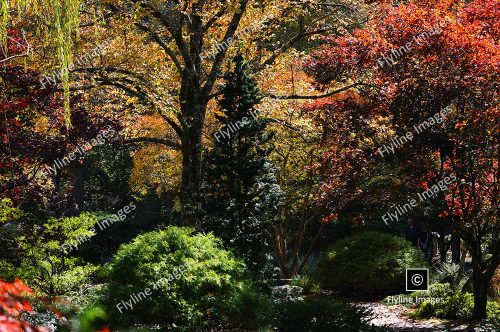 Gibbs Gardens, nestled in the picturesque foothills of the North Georgia Mountains, attracts a multitude of visitors each year due to its breathtaking natural beauty and meticulously curated landscapes. Spanning over 300 acres, the gardens feature a variety of stunning floral displays, from vibrant daffodils in the spring to soft pastels of hydrangeas in the summer, creating a dynamic and ever-changing vista throughout the seasons.
Gibbs Gardens, nestled in the picturesque foothills of the North Georgia Mountains, attracts a multitude of visitors each year due to its breathtaking natural beauty and meticulously curated landscapes. Spanning over 300 acres, the gardens feature a variety of stunning floral displays, from vibrant daffodils in the spring to soft pastels of hydrangeas in the summer, creating a dynamic and ever-changing vista throughout the seasons. -
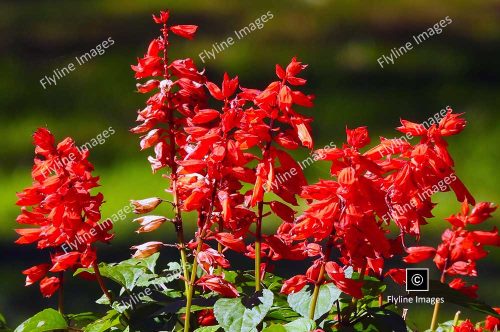 Scarlett Sage, also known as Bonfire Salvia (Salvia splendens), is a striking ornamental plant lauded for its vibrant scarlet-red flowers that bloom continuously throughout the warmer months. This hardy plant, native to Brazil, thrives in sunny environments where its fiery blossoms can fully capture the sun's rays.
Scarlett Sage, also known as Bonfire Salvia (Salvia splendens), is a striking ornamental plant lauded for its vibrant scarlet-red flowers that bloom continuously throughout the warmer months. This hardy plant, native to Brazil, thrives in sunny environments where its fiery blossoms can fully capture the sun's rays. -
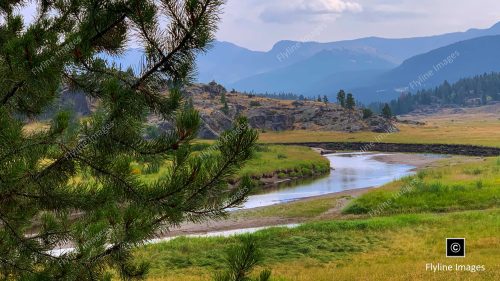 Slough Creek in Yellowstone National Park is renowned for its picturesque landscapes and exceptional fly fishing opportunities. Located in the northeastern part of the park, the creek meanders through lush meadows and rugged terrain, offering visitors a serene and scenic experience. Anglers from around the world visit Slough Creek to try their luck at catching native cutthroat trout, which are plentiful here.
Slough Creek in Yellowstone National Park is renowned for its picturesque landscapes and exceptional fly fishing opportunities. Located in the northeastern part of the park, the creek meanders through lush meadows and rugged terrain, offering visitors a serene and scenic experience. Anglers from around the world visit Slough Creek to try their luck at catching native cutthroat trout, which are plentiful here. -
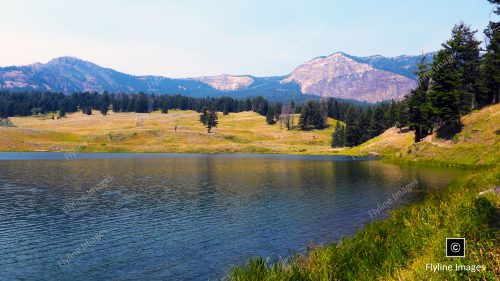 Trout Lake, nestled within Yellowstone National Park, is a serene and picturesque destination renowned for its breathtaking beauty. Surrounded by lush meadows and towering coniferous trees, the lake offers a tranquil retreat for nature enthusiasts. The crystal-clear waters of Trout Lake are home to an array of fish species, particularly the native Yellowstone cutthroat trout, which are often seen swimming near the surface.
Trout Lake, nestled within Yellowstone National Park, is a serene and picturesque destination renowned for its breathtaking beauty. Surrounded by lush meadows and towering coniferous trees, the lake offers a tranquil retreat for nature enthusiasts. The crystal-clear waters of Trout Lake are home to an array of fish species, particularly the native Yellowstone cutthroat trout, which are often seen swimming near the surface. -
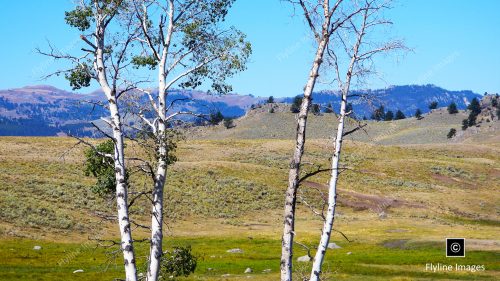 Aspen tree groves in Yellowstone National Park present a breathtaking display of nature's beauty, especially during the fall when their leaves turn a vibrant yellow. These stands of aspen are a significant ecological component of the park's landscape, providing habitat and food for various wildlife, such as elk and beavers.
Aspen tree groves in Yellowstone National Park present a breathtaking display of nature's beauty, especially during the fall when their leaves turn a vibrant yellow. These stands of aspen are a significant ecological component of the park's landscape, providing habitat and food for various wildlife, such as elk and beavers. -
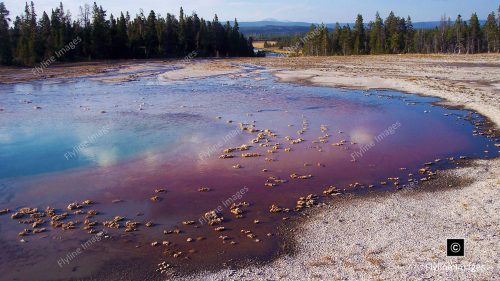 The Grand Prismatic Hot Spring, located in Yellowstone National Park, is one of the park's most iconic natural wonders. Renowned for its vivid colors and immense size, it is the largest hot spring in the United States and the third-largest in the world. The spring's striking rainbow hues stem from microbial mats that thrive in its warm waters, ranging in color from red and orange to green and blue.
The Grand Prismatic Hot Spring, located in Yellowstone National Park, is one of the park's most iconic natural wonders. Renowned for its vivid colors and immense size, it is the largest hot spring in the United States and the third-largest in the world. The spring's striking rainbow hues stem from microbial mats that thrive in its warm waters, ranging in color from red and orange to green and blue. -
 This panoramic photo, taken in Yellowstone National Park. The big bull elk in Yellowstone Park are a fascinating and integral part of the ecosystem. These majestic creatures are among the largest members of the deer family, with males (bulls) growing impressive antlers that can span up to four feet across.
This panoramic photo, taken in Yellowstone National Park. The big bull elk in Yellowstone Park are a fascinating and integral part of the ecosystem. These majestic creatures are among the largest members of the deer family, with males (bulls) growing impressive antlers that can span up to four feet across. -
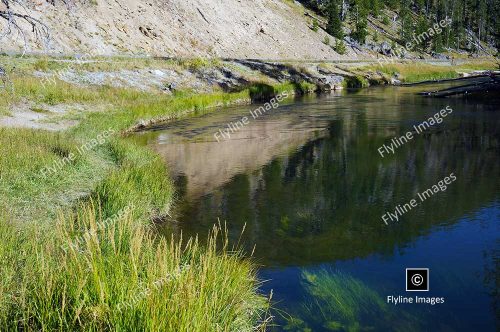 The Firehole River in Yellowstone National Park is a stunning natural feature that captivates visitors with its unique beauty and rich geothermal activity. Flowing through the park's lush landscapes, the river is renowned for its warm waters, which are heated by geothermal features nearby, including geysers and hot springs.
The Firehole River in Yellowstone National Park is a stunning natural feature that captivates visitors with its unique beauty and rich geothermal activity. Flowing through the park's lush landscapes, the river is renowned for its warm waters, which are heated by geothermal features nearby, including geysers and hot springs. -
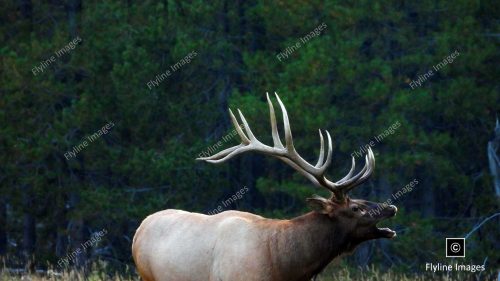 This panoramic photo, taken in Yellowstone National Park. The big bull elk in Yellowstone Park are a fascinating and integral part of the ecosystem. These majestic creatures are among the largest members of the deer family, with males (bulls) growing impressive antlers that can span up to four feet across.
This panoramic photo, taken in Yellowstone National Park. The big bull elk in Yellowstone Park are a fascinating and integral part of the ecosystem. These majestic creatures are among the largest members of the deer family, with males (bulls) growing impressive antlers that can span up to four feet across. -
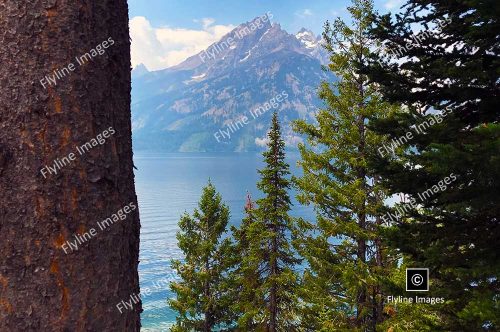 Jenny Lake, nestled at the base of the stunning Grand Teton Mountains, is one of the most picturesque and popular natural attractions in Grand Teton National Park, Wyoming. The lake is renowned for its crystal-clear waters and captivating alpine scenery, making it a must-see destination for nature enthusiasts..
Jenny Lake, nestled at the base of the stunning Grand Teton Mountains, is one of the most picturesque and popular natural attractions in Grand Teton National Park, Wyoming. The lake is renowned for its crystal-clear waters and captivating alpine scenery, making it a must-see destination for nature enthusiasts.. -
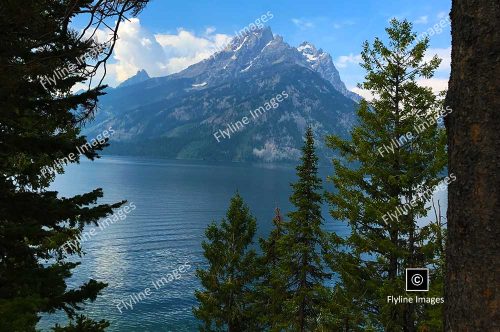 Jenny Lake, nestled at the base of the stunning Grand Teton Mountains, is one of the most picturesque and popular natural attractions in Grand Teton National Park, Wyoming. The lake is renowned for its crystal-clear waters and captivating alpine scenery, making it a must-see destination for nature enthusiasts..
Jenny Lake, nestled at the base of the stunning Grand Teton Mountains, is one of the most picturesque and popular natural attractions in Grand Teton National Park, Wyoming. The lake is renowned for its crystal-clear waters and captivating alpine scenery, making it a must-see destination for nature enthusiasts.. -
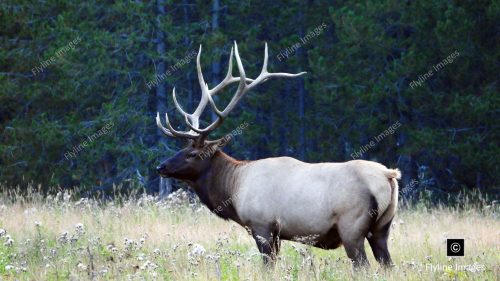 This panoramic photo, taken in Yellowstone National Park. The big bull elk in Yellowstone Park are a fascinating and integral part of the ecosystem. These majestic creatures are among the largest members of the deer family, with males (bulls) growing impressive antlers that can span up to four feet across.
This panoramic photo, taken in Yellowstone National Park. The big bull elk in Yellowstone Park are a fascinating and integral part of the ecosystem. These majestic creatures are among the largest members of the deer family, with males (bulls) growing impressive antlers that can span up to four feet across. -
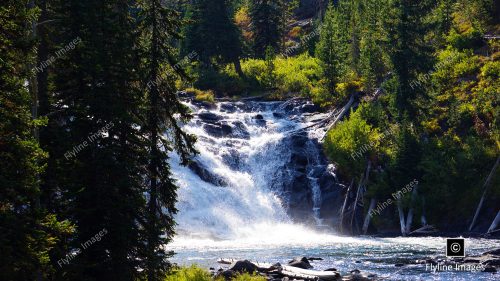 Lewis Falls, located on the Snake River, is an enchanting natural wonder that captivates visitors with its mesmerizing beauty and tranquil atmosphere. This scenic spot is renowned for its cascading waterfall, which plunges over a series of rugged rocks, creating a spectacle of rushing water and mist.
Lewis Falls, located on the Snake River, is an enchanting natural wonder that captivates visitors with its mesmerizing beauty and tranquil atmosphere. This scenic spot is renowned for its cascading waterfall, which plunges over a series of rugged rocks, creating a spectacle of rushing water and mist. -
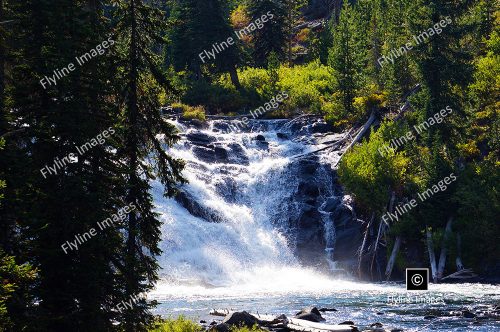 Lewis Falls, located on the Snake River, is an enchanting natural wonder that captivates visitors with its mesmerizing beauty and tranquil atmosphere. This scenic spot is renowned for its cascading waterfall, which plunges over a series of rugged rocks, creating a spectacle of rushing water and mist.
Lewis Falls, located on the Snake River, is an enchanting natural wonder that captivates visitors with its mesmerizing beauty and tranquil atmosphere. This scenic spot is renowned for its cascading waterfall, which plunges over a series of rugged rocks, creating a spectacle of rushing water and mist. -
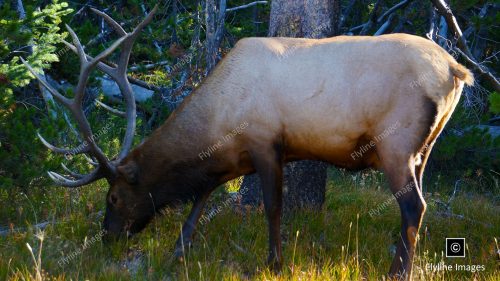 This panoramic photo, taken in Yellowstone National Park. The big bull elk in Yellowstone Park are a fascinating and integral part of the ecosystem. These majestic creatures are among the largest members of the deer family, with males (bulls) growing impressive antlers that can span up to four feet across.
This panoramic photo, taken in Yellowstone National Park. The big bull elk in Yellowstone Park are a fascinating and integral part of the ecosystem. These majestic creatures are among the largest members of the deer family, with males (bulls) growing impressive antlers that can span up to four feet across. -
 Copperhead snakes, known scientifically as Agkistrodon contortrix, are a common sight in the North Georgia mountains. These snakes are highly adaptable, thriving in various habitats such as forests, rocky areas, and even suburban locations. Their prevalence in these mountainous regions is largely due to the abundant cover and food sources available in the varied landscape.
Copperhead snakes, known scientifically as Agkistrodon contortrix, are a common sight in the North Georgia mountains. These snakes are highly adaptable, thriving in various habitats such as forests, rocky areas, and even suburban locations. Their prevalence in these mountainous regions is largely due to the abundant cover and food sources available in the varied landscape. -
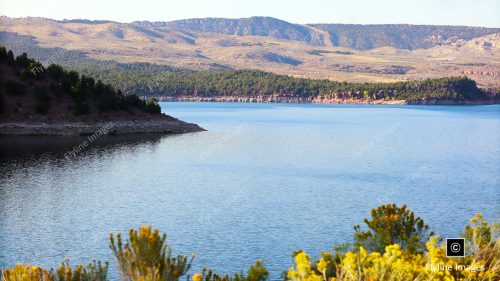 The Flaming Gorge Reservoir, located in the northeastern part of Utah and extending into Wyoming, is a stunning body of water created by the Flaming Gorge Dam. The dam, completed in 1964, stands at an impressive height of 502 feet on the Green River, and its primary purpose is hydroelectric power generation, flood control, and irrigation.
The Flaming Gorge Reservoir, located in the northeastern part of Utah and extending into Wyoming, is a stunning body of water created by the Flaming Gorge Dam. The dam, completed in 1964, stands at an impressive height of 502 feet on the Green River, and its primary purpose is hydroelectric power generation, flood control, and irrigation. -
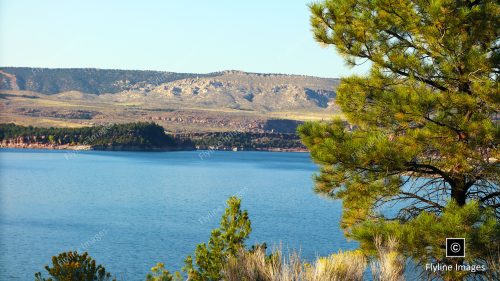 The Flaming Gorge Reservoir, located in the northeastern part of Utah and extending into Wyoming, is a stunning body of water created by the Flaming Gorge Dam. The dam, completed in 1964, stands at an impressive height of 502 feet on the Green River, and its primary purpose is hydroelectric power generation, flood control, and irrigation.
The Flaming Gorge Reservoir, located in the northeastern part of Utah and extending into Wyoming, is a stunning body of water created by the Flaming Gorge Dam. The dam, completed in 1964, stands at an impressive height of 502 feet on the Green River, and its primary purpose is hydroelectric power generation, flood control, and irrigation.


